This is the first part of a series ScoutBasecamp will be doing about helmets, mounts, and using both NV and thermal optics on your head.
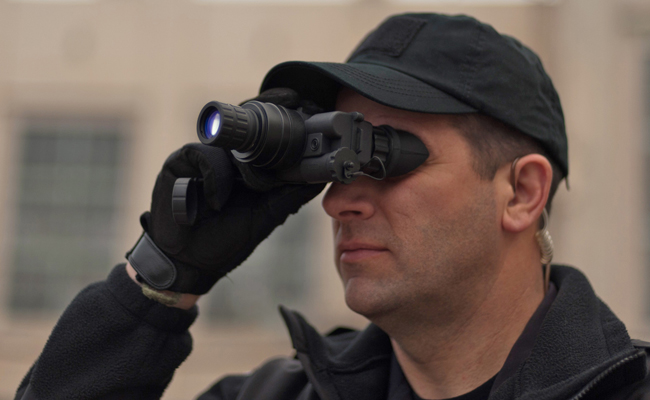
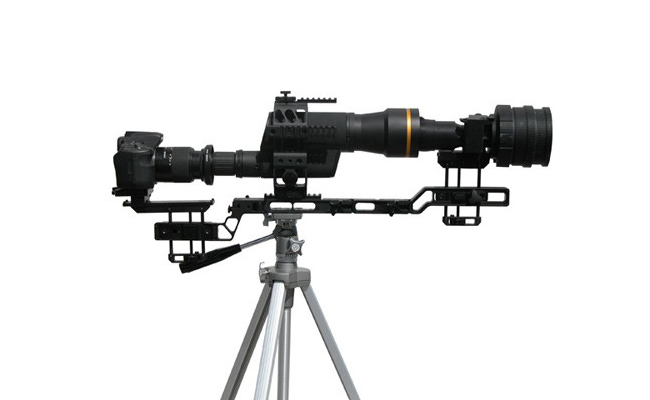
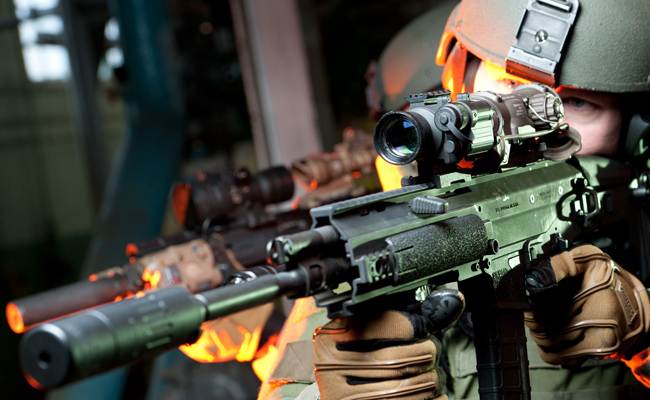
More common in military and varminting applications, a rifle mounted unit is a great solution when taking a shot. Rifle mounted units are not good for observation, as you'll be pointing your muzzle at everything you might want to take a look at! Keep in mind that there are still other ways to use a rifle and NV together.
Popular Model:
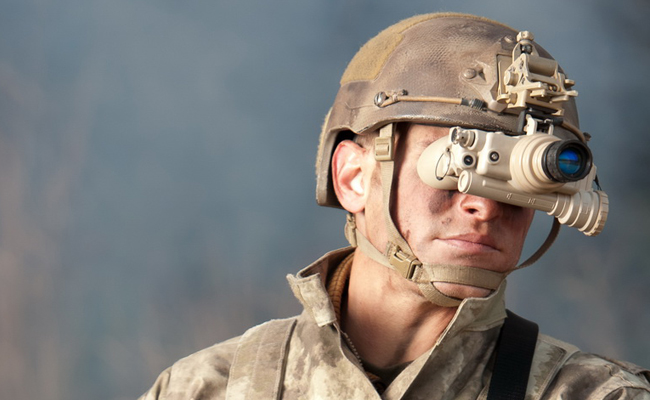
A helmet mounted device means that your night vision unit will hang directly in front of your eye, Helmet mounting can be a complicated process, but essentially there are 5 pieces of equipment that need to work together for you to have a successful night vision system.
Also known as your NODs(Night Optics Device), NVGs(Night Vision Goggles), NVD(Night Vision Device) or any number of other acronyms, this is your actual elecro-optic device. PVS-14s and PVS-7s are the common units in the USA, but there are all kinds of different tubes and chassis on the market. Its important to know whether your unit has a 1/4x20 tripod thread like a PVS-14, or a dovetail mount like a Nyx or MUM unit. That will help you pick...
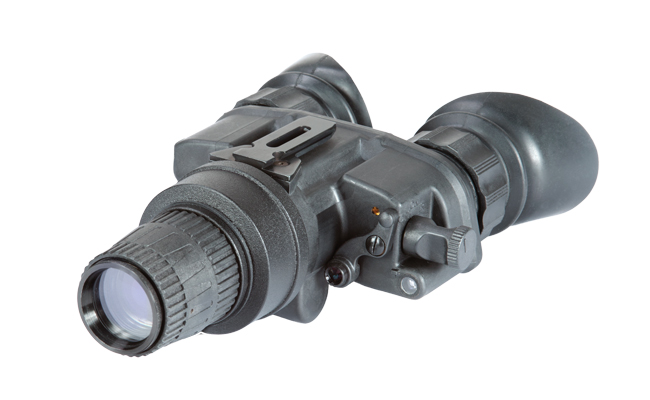
This is a unit that threads or clips onto the NVD. The term "J-arm" refers to a specific piece used by US forces with their AN/PVS14 monoculars. This part determines whether the NV is in front of your right eye or your left eye, and there are different options depending on your NVD's mount. However they should all have the standard bracket to be inserted into...
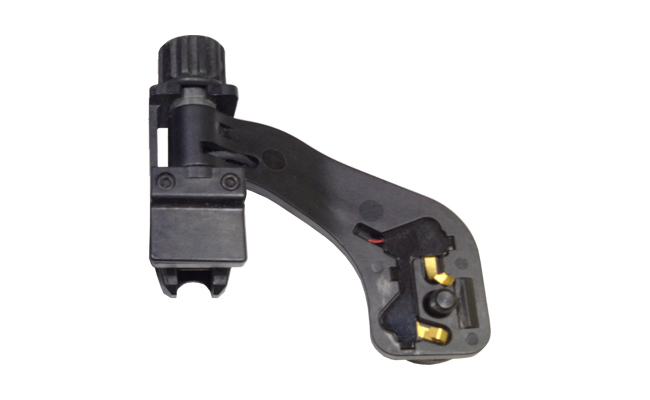
The most common of these is called the Rhino mount. It's the hinged section that flips up or down to have your NV out of the way or in front of your eye. The angle of the NV and the distance it will sit from your eye is controlled by this part. Wilcox, Norotos, and Cadex all make enhanced flip mounts for users that need manual locks or a wider range of motion.
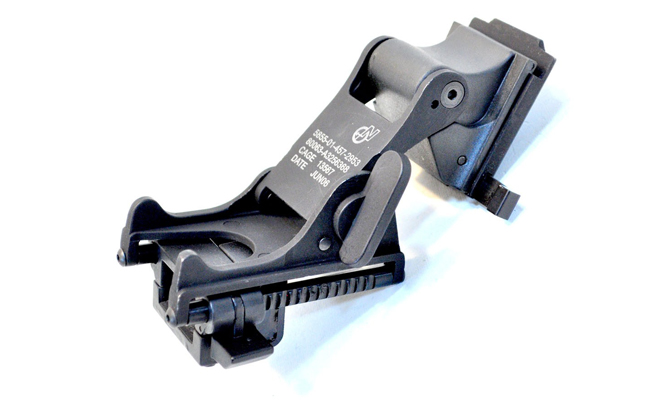
This is the square bracket that is permanently attached to your helmet. Sometimes they screw in, or at affixed with straps, or moulded directly into the material of the helmet. But they are not designed to be quickly removed. Different units are designed to fit different cuts of helmets, or to offer improved stability.
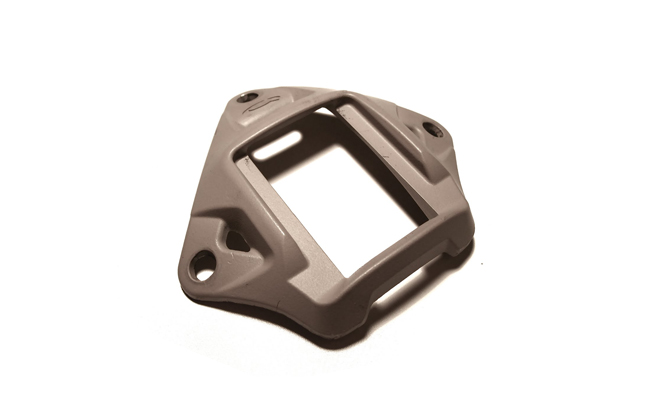
There are easily as many options for helmets are there are styles of Night Vision devices. Some are ballistic to protect from bullets and shrapnel, others are lightweight and specific for night vision use. Many helmets come with shrouds these days, while others must be retrofit in order to accommodate an NV system.
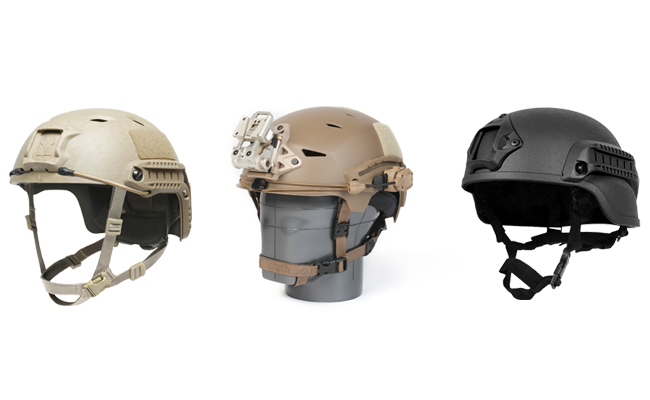
With these five pieces working together, you have a device that keeps your hands free and can be quickly activated or removed as you need it. A head mounted solution means you can be using your night vision for extended periods of time while remaining relatively comfortable. The amplified image becomes your natural sight, rather than a device you look through from time to time.
In part two of our series: we'll look at how to pick your J-arm and Flip Mount, and different techniques between static and moving environments.
To find out when the next article is released: Follow us on Facebook and be sure to leave any comments or questions in the comments section below!